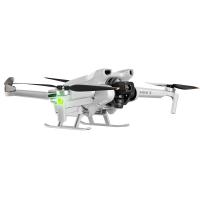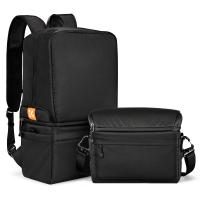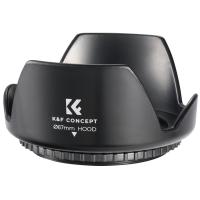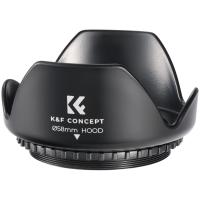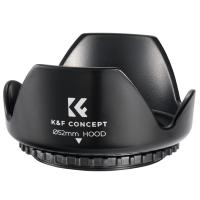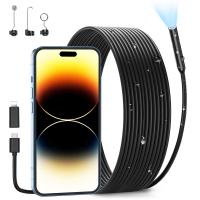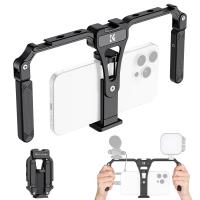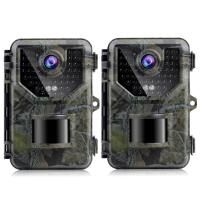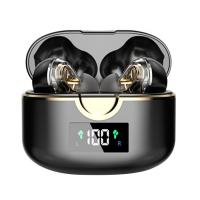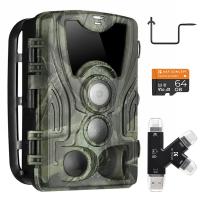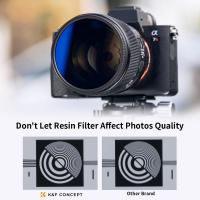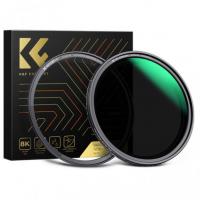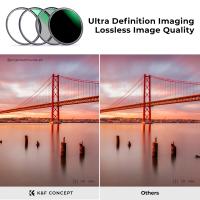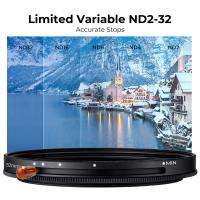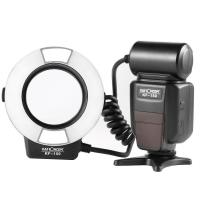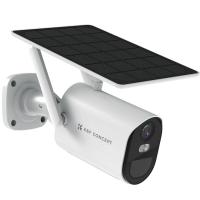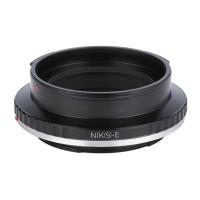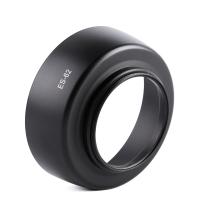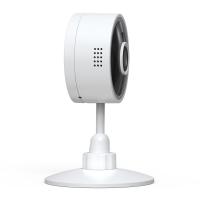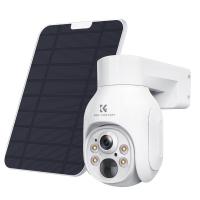When To Use A Cpl Filter?
In the realm of photography, the Circular Polarizing Lens (CPL) filter is a powerful tool that can significantly enhance the quality of your images. However, knowing when to use a CPL filter is crucial to achieving the desired effects. This article will delve into the various scenarios where a CPL filter can be beneficial, providing practical insights and tips for photographers of all levels.
Understanding the CPL Filter

Before diving into the specific situations where a CPL filter is advantageous, it’s essential to understand what it does. A CPL filter is designed to reduce reflections, enhance colors, and increase contrast in your photos. It works by filtering out polarized light, which is light that has been scattered by particles in the atmosphere or reflected off surfaces like water, glass, or foliage.
Enhancing Sky and Clouds

One of the most common uses of a CPL filter is to enhance the sky in landscape photography. When you use a CPL filter, it can make the sky appear a deeper blue and increase the contrast between the sky and clouds. This effect is most pronounced when the sun is at a 90-degree angle to your lens. If you’re shooting landscapes on a bright, sunny day, a CPL filter can help you achieve a more dramatic and visually appealing sky.
Reducing Reflections
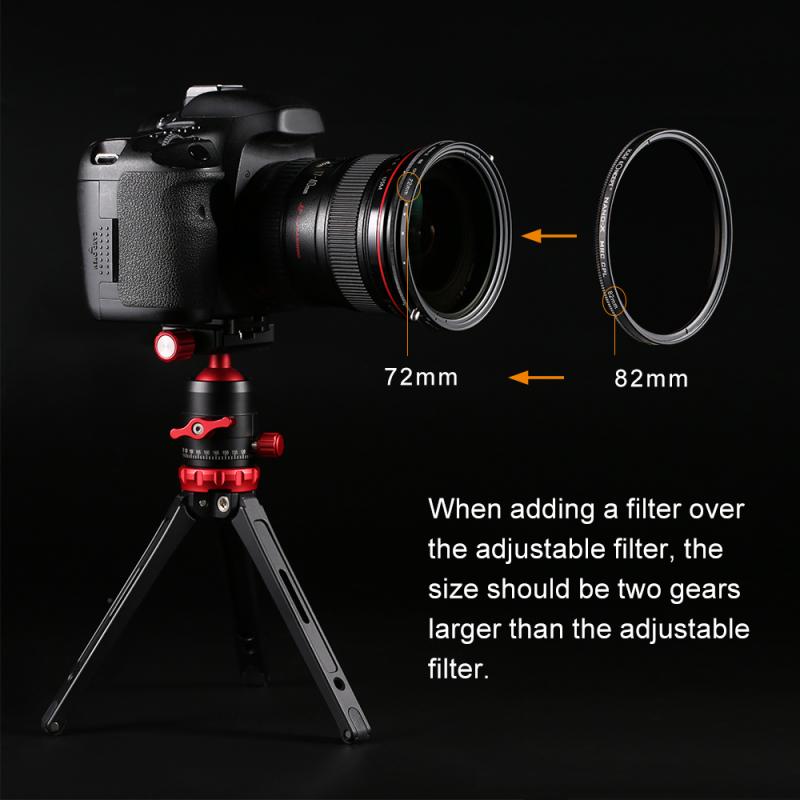
Reflections can often be a nuisance in photography, especially when shooting through glass or capturing water scenes. A CPL filter can significantly reduce these reflections, allowing you to see through the surface more clearly. For instance, if you’re photographing a lake, a CPL filter can help you capture the details beneath the water’s surface, such as rocks or aquatic plants, by minimizing the glare.
Enhancing Foliage and Reducing Haze
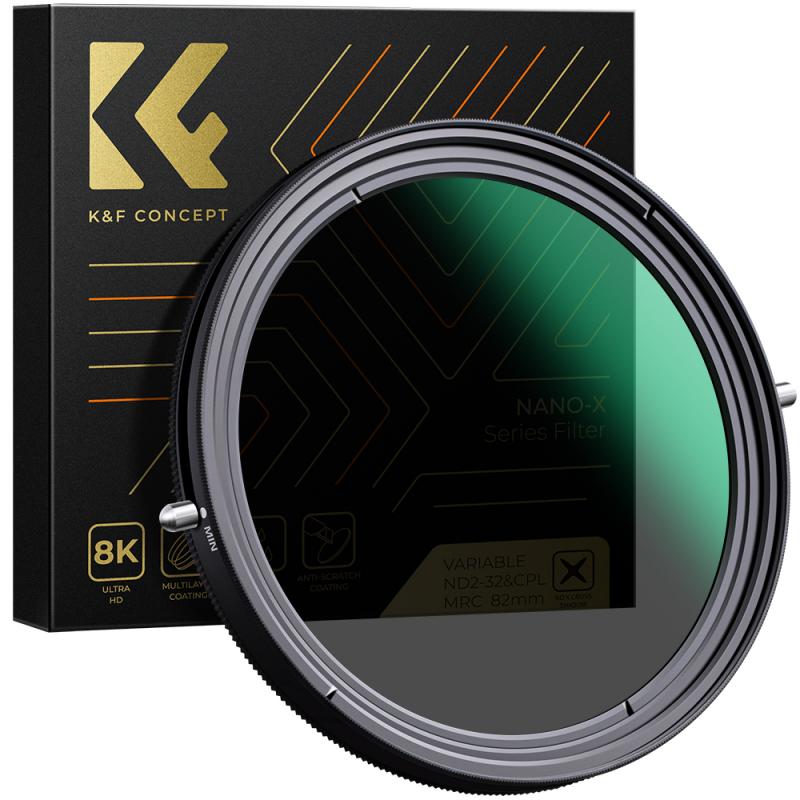
When photographing foliage, a CPL filter can enhance the colors and reduce the haze caused by scattered light. This is particularly useful in forest or garden settings where you want to capture the vibrant greens of the leaves. The filter cuts through the glare on the leaves, making the colors appear more saturated and the details more defined.
Improving Architectural Photography
Architectural photography often involves shooting buildings with reflective surfaces, such as glass windows or metal facades. A CPL filter can help reduce the reflections on these surfaces, allowing the true colors and details of the architecture to stand out. This can be particularly useful when shooting in urban environments where reflections from surrounding buildings can be distracting.
Shooting Waterfalls and Rivers
When photographing waterfalls or rivers, a CPL filter can help you achieve a more natural look by reducing the reflections on the water’s surface. This allows you to capture the movement and texture of the water more effectively. Additionally, the filter can enhance the colors of the surrounding foliage and rocks, making the overall scene more vibrant.
Capturing Car Photography
Car photography often involves dealing with reflections from the car’s surface, which can be distracting and take away from the overall aesthetic of the image. A CPL filter can help reduce these reflections, allowing the car’s true colors and details to shine through. This is particularly useful for professional car photographers or enthusiasts who want to showcase their vehicles in the best possible light.
Shooting in Bright Sunlight
Bright sunlight can create harsh reflections and glare, which can be challenging to manage in photography. A CPL filter can help mitigate these issues by reducing the amount of polarized light entering the lens. This results in more balanced exposures and reduces the risk of overexposed highlights. It’s particularly useful for outdoor portraits or any scenario where you’re shooting in direct sunlight.
Practical Tips for Using a CPL Filter
While understanding when to use a CPL filter is essential, knowing how to use it effectively can make a significant difference in your photography. Here are some practical tips:
1. Rotate the Filter: A CPL filter is adjustable, meaning you can rotate it to achieve the desired effect. As you rotate the filter, you’ll notice changes in the reflections and colors. Take your time to find the optimal position for your shot.
2. Check the Viewfinder: Always check the effect of the CPL filter through your camera’s viewfinder or LCD screen. This will give you a real-time preview of how the filter is impacting your image.
3. Use a Tripod: When using a CPL filter, especially in low-light conditions, it’s a good idea to use a tripod. The filter can reduce the amount of light entering the lens, which may require longer exposure times.
4. Be Mindful of the Angle: The effectiveness of a CPL filter is influenced by the angle of the light. As mentioned earlier, the best results are often achieved when the sun is at a 90-degree angle to your lens. Experiment with different angles to see how it affects your shot.
5. Avoid Overuse: While a CPL filter can enhance your images, overusing it can lead to unnatural results. Use it judiciously to achieve the desired effect without compromising the natural look of your photos.
A Circular Polarizing Lens (CPL) filter is an invaluable tool for photographers, offering a range of benefits from reducing reflections to enhancing colors and contrast. By understanding when and how to use a CPL filter, you can significantly improve the quality of your images. Whether you’re shooting landscapes, architecture, water scenes, or car photography, a CPL filter can help you achieve more vibrant, detailed, and visually appealing photos. Remember to experiment with different angles and settings to find the optimal use of the filter for each unique situation. With practice and experience, you’ll be able to harness the full potential of a CPL filter and elevate your photography to new heights.


